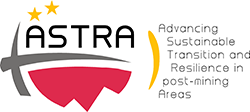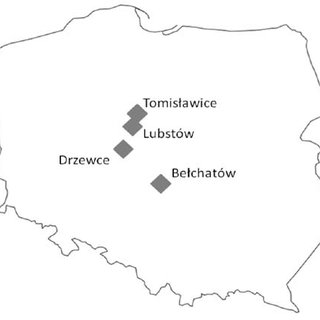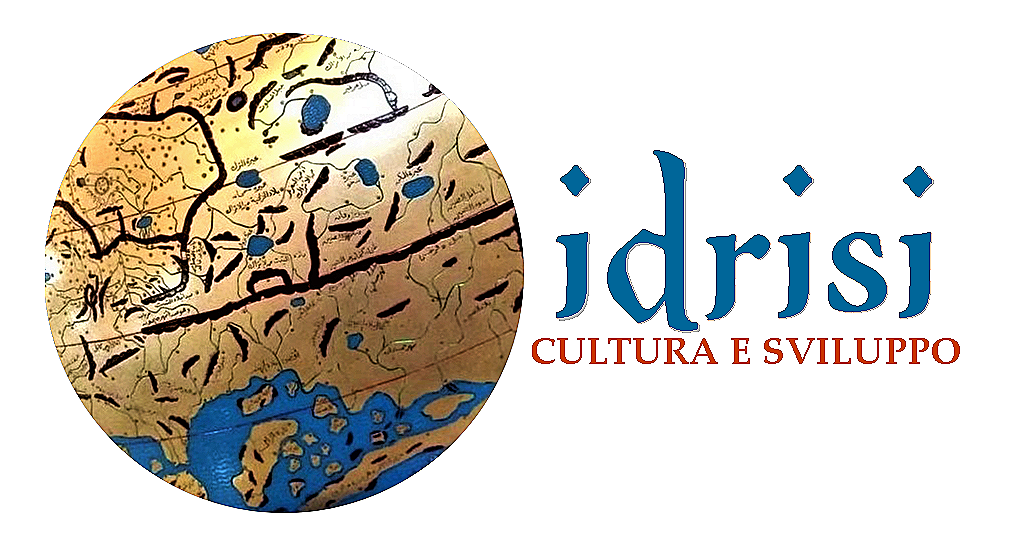Drzewce Coal Mine
52º 9' 17'' N 18º 53' 3'' E
In the centre of Poland
Poland
Description
The Drzewce coal mine is a large mine in the centre of Poland in Drzewce, Greater Poland Voivodeship, 180 km west of the capital, Warsaw.
Extracted Materials
Drzewce represents one of the largest coal reserve in Poland having estimated reserves of 39.9 million tonnes of coal. The annual coal production is around 2.3 million tonnes.
Antropological info
The decade of the 90s last century was characterized by restructuring of the mining industry and closures of coal mines of the Upper Silesian Coal Basin (USCB) due to costly exploitation at very deep levels. Now, new regions of the USCB are being surveyed as potential sources of coal.
Sociologal info
In discussion with one of the Associates, several socio-cultural aspects stood out in the presented account of the specificity of the Wielkopolska Wschodnia and its recent efforts to put the region on the map in public discussions about a ‘just green transition’ at the regional, national and European levels.
Archaeological info
Coal is of strategic importance to the Polish economy. Compared with other EU member states, Poland has much larger reserves and makes good use of hard coal and lignite for electricity production with a 78.3% share in 2018 (133.0 TWh). Hard coal reserves total 22.3 billion tonnes, located mostly in the Upper Silesian and Lublin coal basins, while lignite reserves amount to 1.0 billion tonnes with a further 23.3 billion tonnes of resources.
Sustainable tourism insights
Asturias’s mines are close to becoming a thing of the past, despite the significant role they played in the region’s economy; everything stemmed from the mines – industry, railroads, steel, ports and shipyards as well as the labor movement. Now there is only early retirement; the mine produces nearly nothing. The Nalón River, once black from coal, is crystal clear.
Environment sustainability
As many as four rivers affected by brown coal mine waters were surveyed: Noteć (Lubstów open-pit mine), Pichna (Tomisławice), Widawka (Bełchatów), and Grójecki Channel (Drzewce). Identical procedures of sampling and laboratory analyses were applied in all of them. Heavy metal concentrations, pH reaction, and conductivity in river sediments were analyzed in warm periods of 2012 and 2013 to assess the impact of mine waters on riverbed material.









